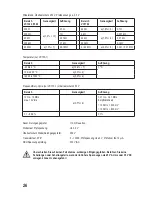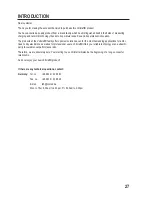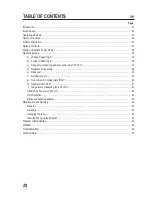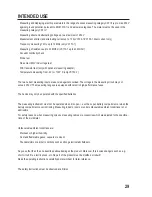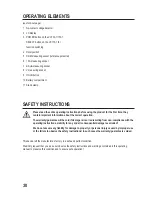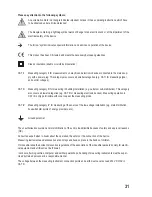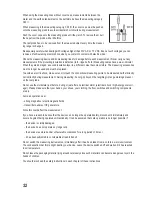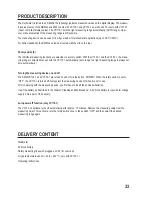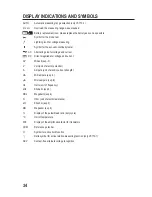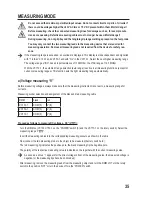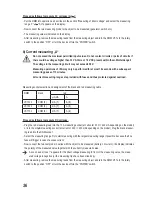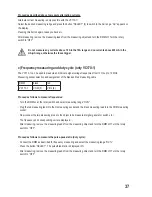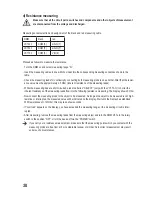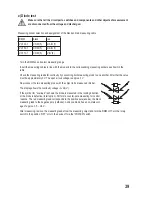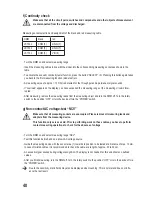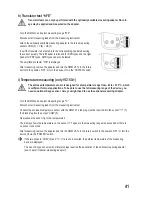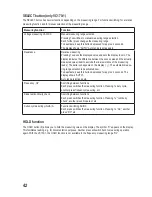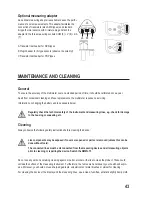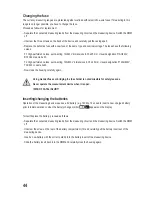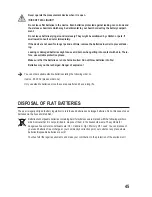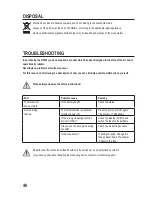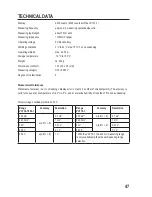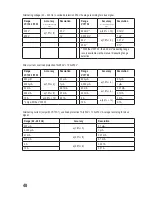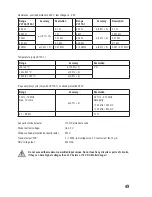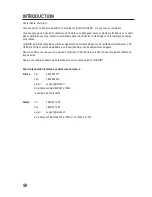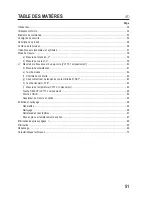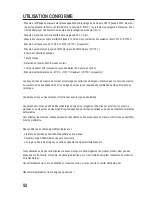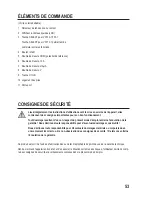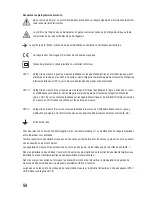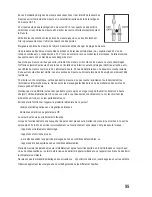
40
f) Continuity check
Make sure that all the circuit parts, switches and components and other objects of measurement
are disconnected from the voltage and discharged
.
Measuring socket selection and assignment of the black and red measuring cable
DMM
black
red
VC130-1
COM (5)
mA/Ω (7)
VC150-1
COM (5)
mA/Ω (7)
VC170-1
COM (5)
V/Ω (8)
- Turn the DMM on and select measuring range
- Insert the measuring cables in line with the model into the corresponding measuring sockets as shown in the
table.
- To activate the acoustic continuity tester function, press the button “SELECT” (3). Pressing this button again takes
you back to the first measuring function (diode test) etc.
- A measuring value of approx. < 10 Ohm is detected for the throughput and a permanent signal sounds.
- If “overload” appears on the display, you have exceeded the measuring range or the measuring circuit is inter-
rupted.
- After measuring, remove the measuring leads from the measuring object and turn the DMM off. Turn the rotary
switch to the position “OFF” or turn the device off via the “POWER” switch.
g) Non-contact aC voltage-test “NCv”
Make sure that all measuring sockets are unoccupied. Please remove all measuring leads and
adapters from the measuring device.
this function only serves as aid. Prior to performing work on these cables, you have to perform
contact measuring operations to check for the absence of voltage.
- Turn the DMM on and select measuring range “NCV”
- Test this function beforehand on a known AC voltage source.
- Guide the measuring device with the sensor area (1) towards to position to be tested at a distance of max. 10 mm.
In case of twisted cables, it is recommended to check the cable at a length of approx. 20 to 30 cm.
- An acoustic signal sounds during voltage recognition. The display is not needed for this and shows no defined
values.
- After you finish measuring, turn the DMM off. Turn the rotary switch to the position “OFF” or turn the device off via
the “POWER” switch.
Due to the sensitivity, static fields may also be displayed when touching. This is normal and does not influ-
ence the test result.

